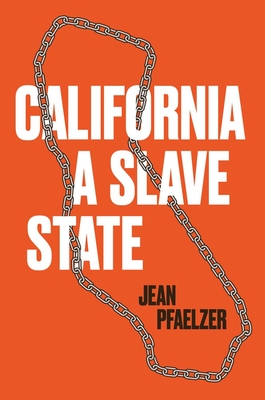
description
resistance in California, from the Spanish missions, indentured Native American ranch hands, Indian boarding schools, Black miners, kidnapped Chinese prostitutes, and convict laborers to victims of modern trafficking "A searing survey of '250 years of human bondage' in what is now the state of California. . . . Readers will be outraged."--Publishers Weekly "A devastatingly detailed, urgent, and somewhat regretful confirmation of an inconvenient truth: Far from being the place where everyone got an equal chance, California embraced slavery from the outset."--Erin Aubry Kaplan, Los Angeles Times California owes its origins and sunny prosperity to slavery. Spanish invaders captured Indigenous people to build the chain of Catholic missions. Russian otter hunters shipped Alaska Natives--the first slaves transported into California--and launched a Pacific slave triangle to China. Plantation slaves were marched across the plains for the Gold Rush. San Quentin Prison incubated California's carceral state. Kidnapped Chinese girls were sold in caged brothels in early San Francisco. Indian boarding schools supplied new farms and hotels with unfree child workers. By looking west to California, Jean Pfaelzer upends our understanding of slavery as a North-South struggle and reveals how the enslaved in California fought, fled, and resisted human bondage. In unyielding research and vivid interviews, Pfaelzer exposes how California gorged on slavery, an appetite that persists today in a global trade in human beings lured by promises of jobs but who instead are imprisoned in sweatshops and remote marijuana grows, or sold as nannies and sex workers. Slavery shreds California's utopian brand, rewrites our understanding of the West, and redefines America's uneasy paths to freedom.
member goods
No member items were found under this heading.
listens & views

CHESKY 20TH ANNIVERSARY / VARIOUS
by CHESKY 20TH ANNIVERSARY / VARIOUS
COMPACT DISCout of stock
$16.99
Return Policy
All sales are final
Shipping
No special shipping considerations available.
Shipping fees determined at checkout.






